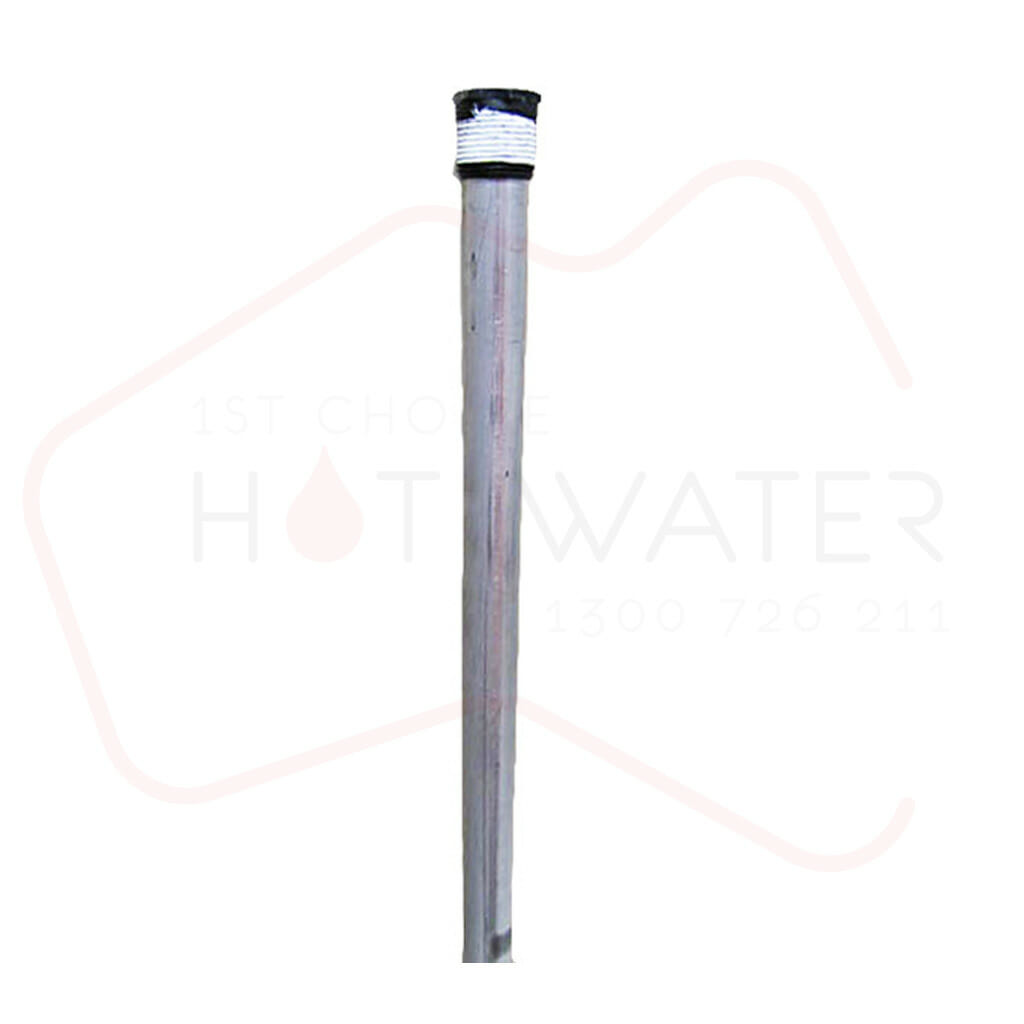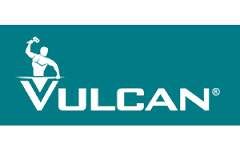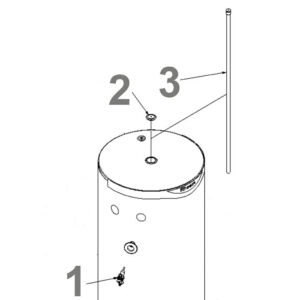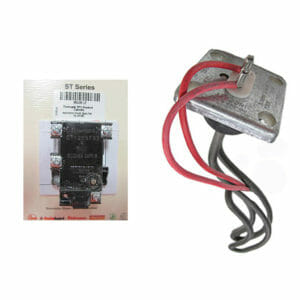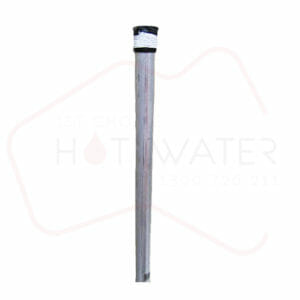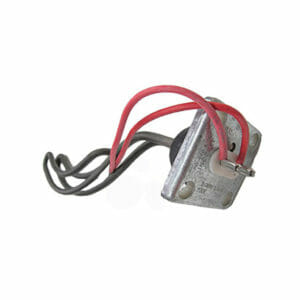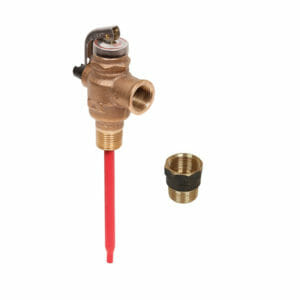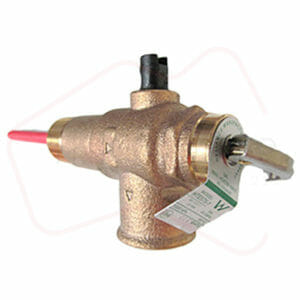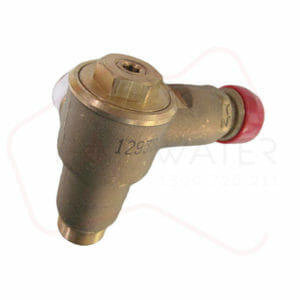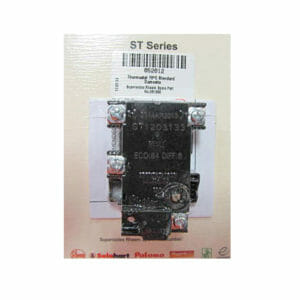Description
Rheem Electric Storage Sacrificial Anode
Anode Rods are the most important line of defence in increasing water heater tank life and preventing leaks. These devices work because the metal in the rod is more easily corroded than the metal of the water heater tank. You should check and replace your Anode Rod on a regular basis. When the rod is depleted, it can no longer protect your tank
What does the Sacrificial Anode do?
Sacrificial Anodes are mostly steel core rods covered with either magnesium, aluminium and zinc. Mostly they are installed on the top of hot water tanks. They are designed to corrode via electrolysis instead of the tank itself corroding as it is a softer metal.
Generally depending on the quality of the water and the amount of water, a sacrificial anode will require replacement in 4-5 years. Always service the anode at 5 year intervals in a metro household hot water system as recommended by manufacturers



